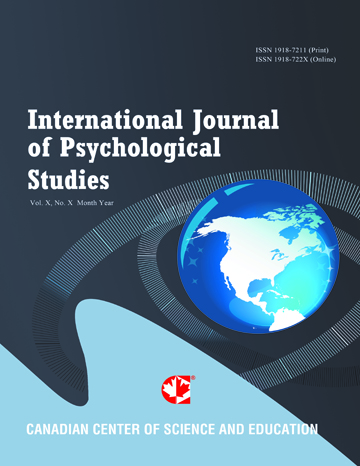Does Judgment Feedback affect Visual-Field Superiority as a function of Stimulus Structure and Content?
- Anamitra Basu
Abstract
Visual-field advantage was envisaged as a function of presentation mode (unilateral, bilateral), stimulus structure (word, face), and stimulus content (emotional, neutral) in two conditions, with and without feedback of judgment. Split visual-field paradigm was taken into account with recognition accuracy and response latency as the dependent variables. Stimuli were significantly better recognized in left visual-field than in right visual-field. Unilaterally, rather than bilaterally, presented stimuli were significantly better recognized. Emotional content were intensely recognized than neutral content. Analysis using multivariate ANOVA suggested that words as well as faces were recognized better without judgment feedback condition as compared to with judgment feedback condition; however these stimuli were judged with significantly less response latency following judgment feedback.- Full Text:
 PDF
PDF
- DOI:10.5539/ijps.v1n2p49
Journal Metrics
1. Citations (March 2025): 10975
3. i10-index (March 2025): 233
For details about the Journal Metrics, please visit the Google Scholar website.
Index
- AcademicKeys
- CNKI Scholar
- Elektronische Zeitschriftenbibliothek (EZB)
- Excellence in Research for Australia (ERA)
- GETIT@YALE (Yale University Library)
- Harvard Library E-Journals
- JournalSeek
- JournalTOCs
- LOCKSS
- MIAR
- Open Access Journals Search Engine(OAJSE)
- Open J-Gate
- PKP Open Archives Harvester
- SHERPA/RoMEO
- Standard Periodical Directory
- The Keepers Registry
- UCR Library
- Ulrich's
- Universe Digital Library
- WorldCat
Contact
- Barbara SunEditorial Assistant
- ijps@ccsenet.org
